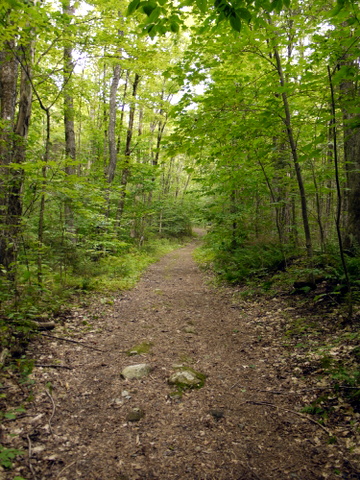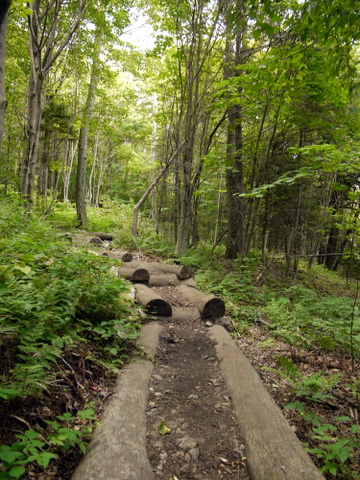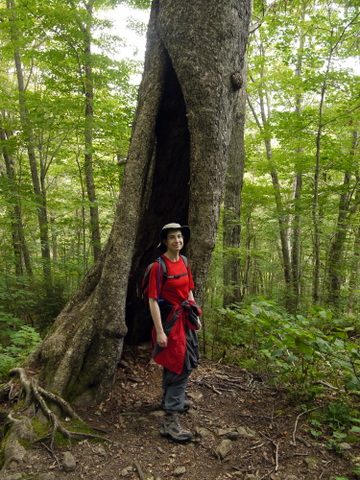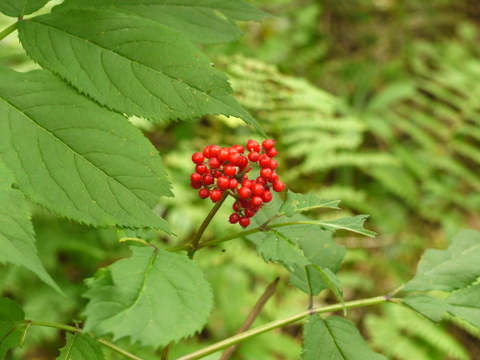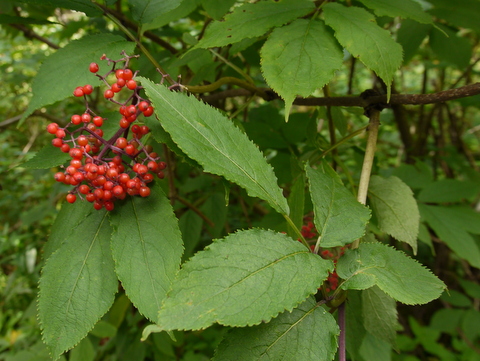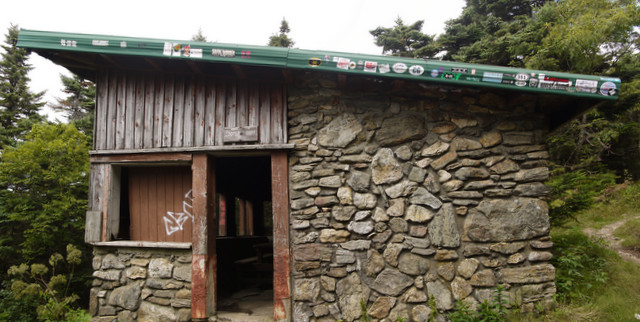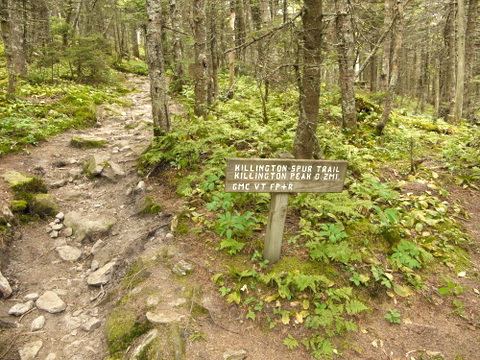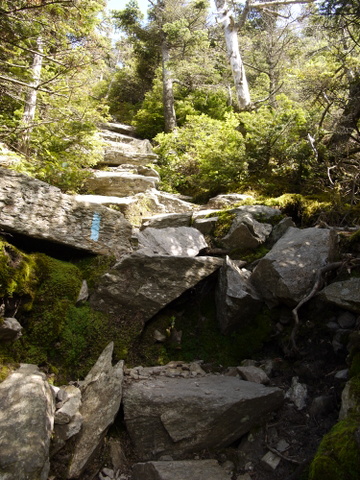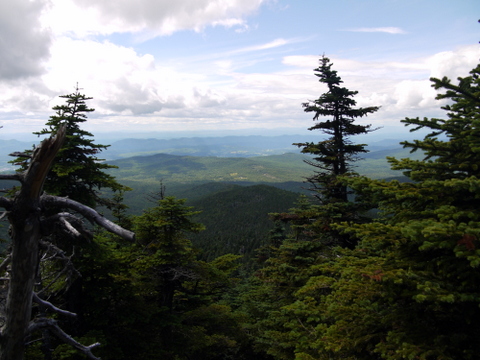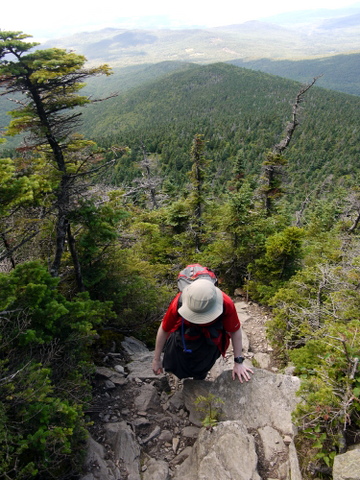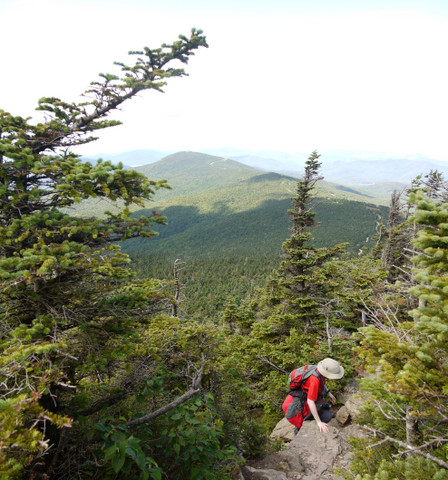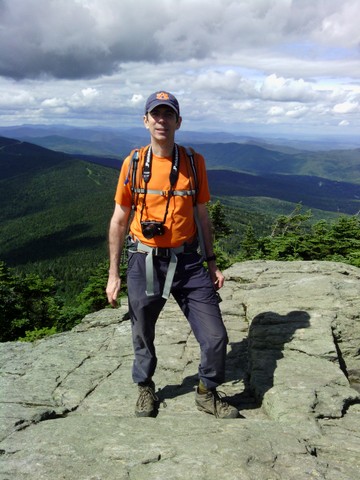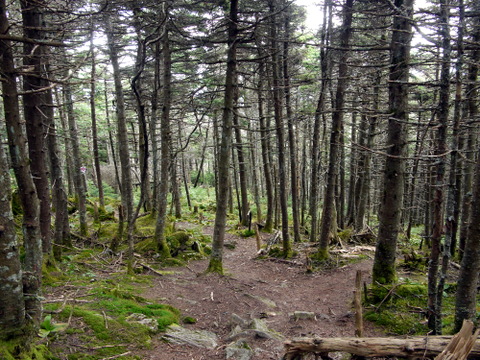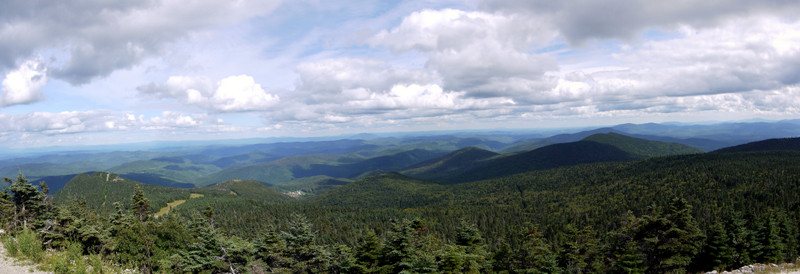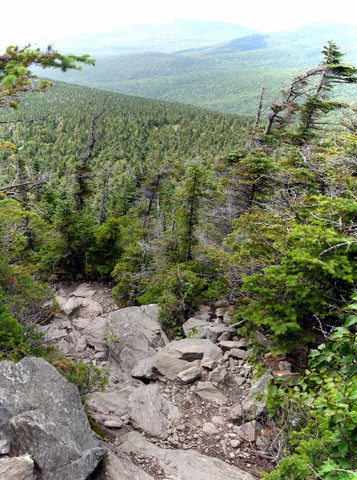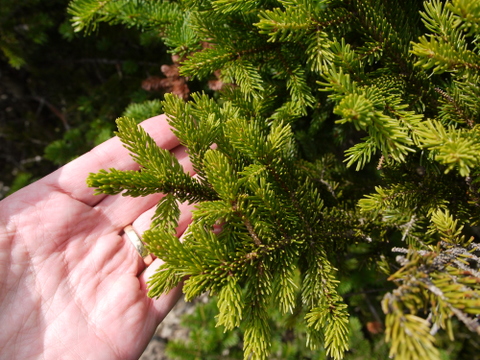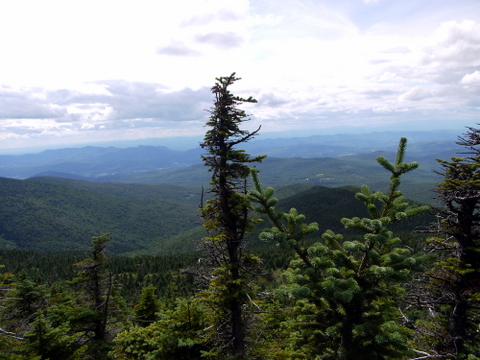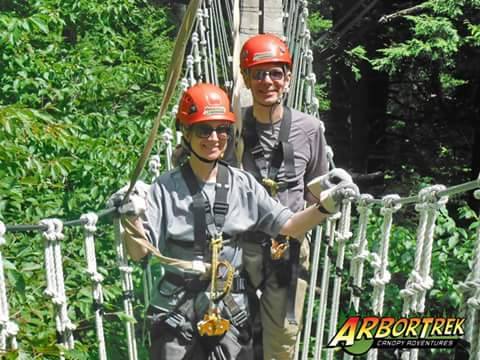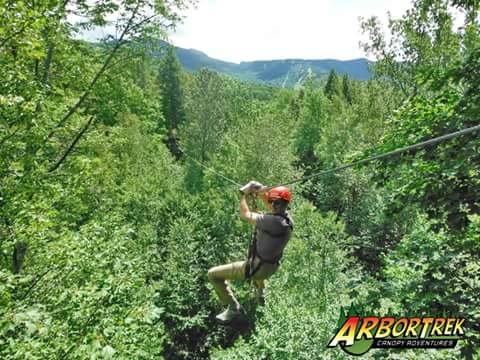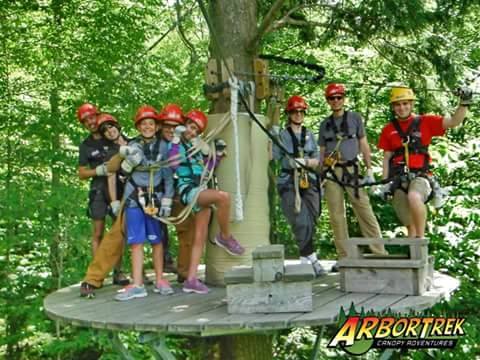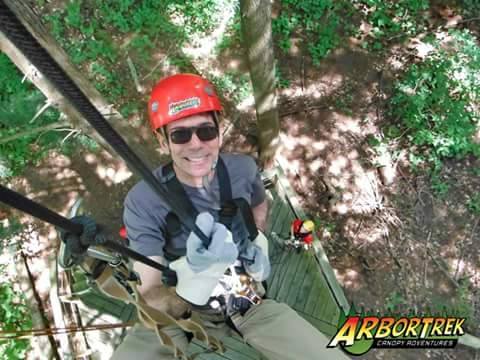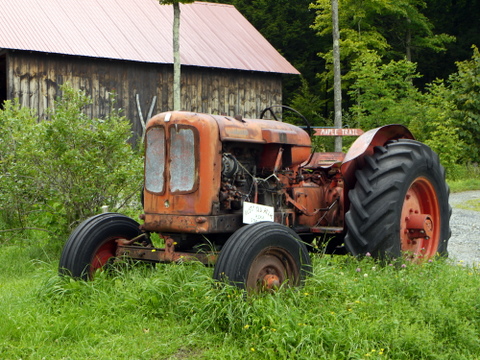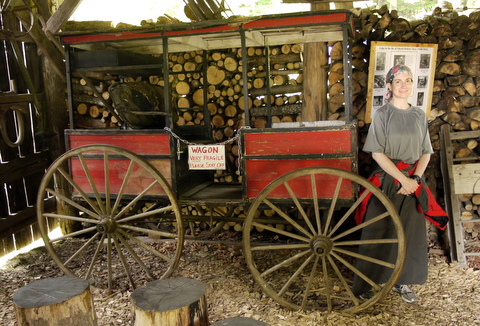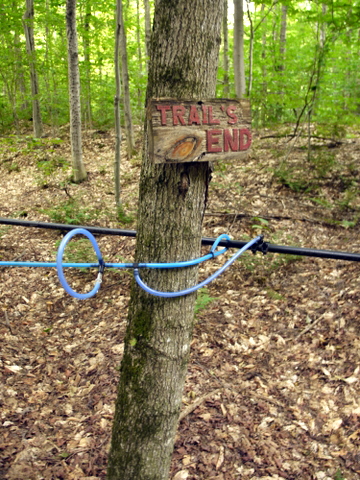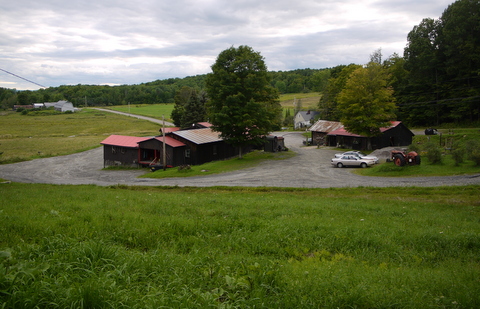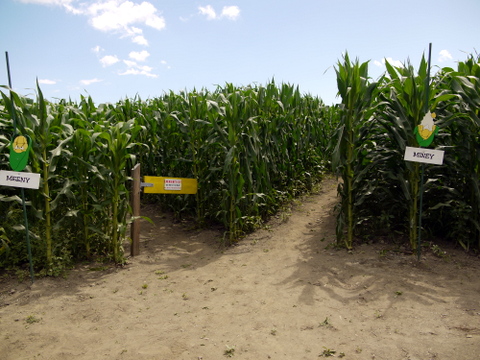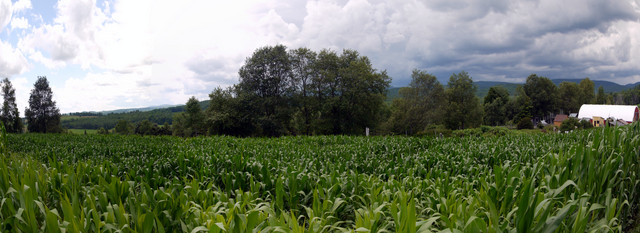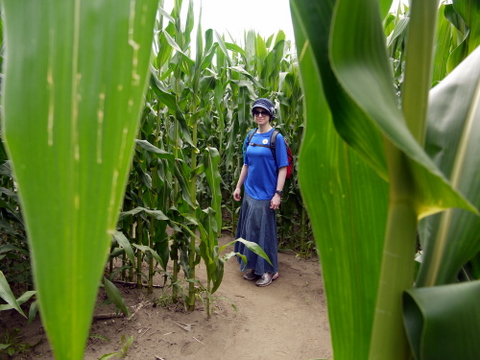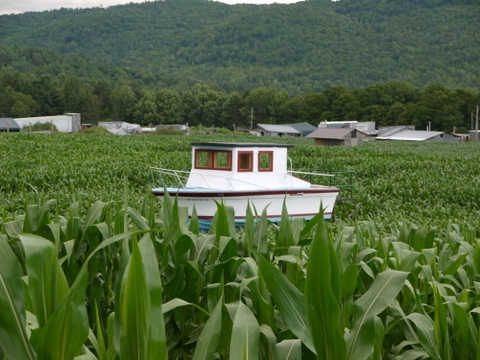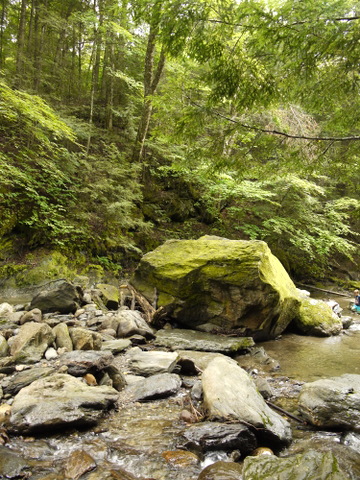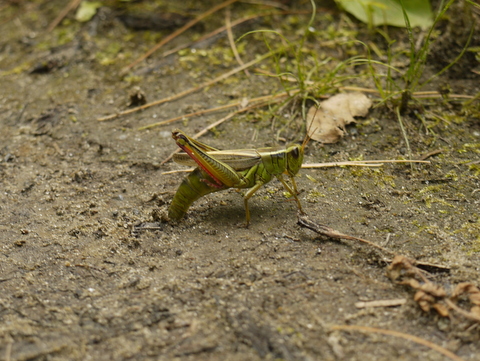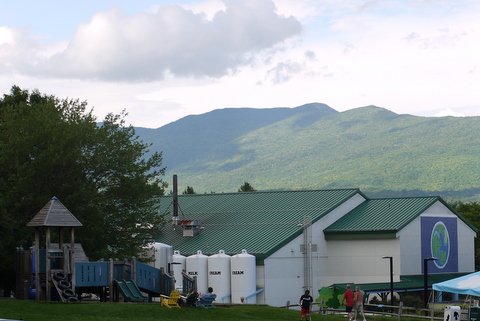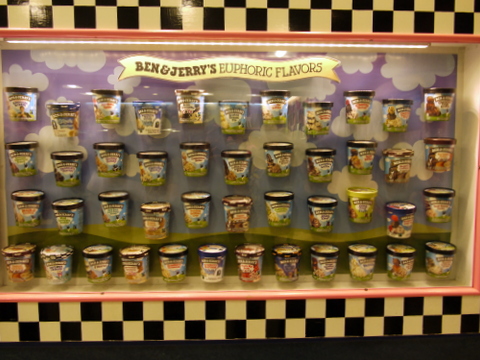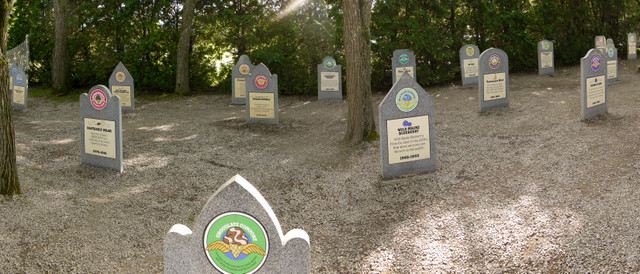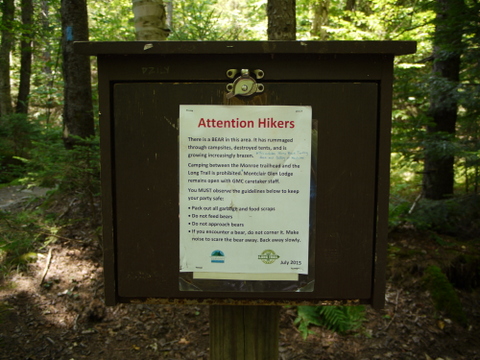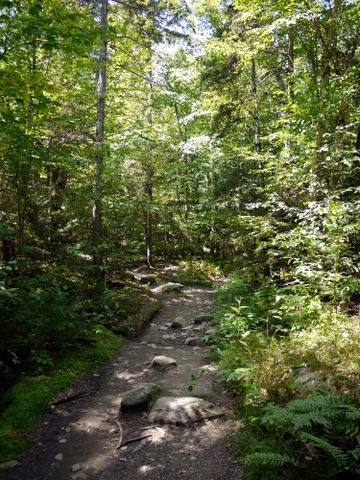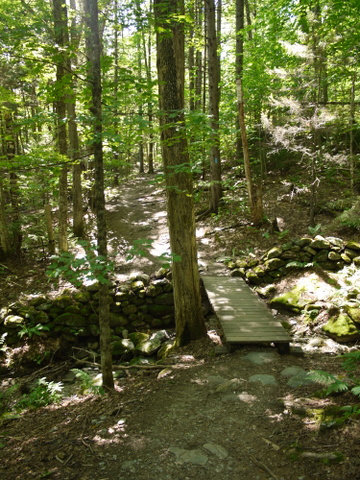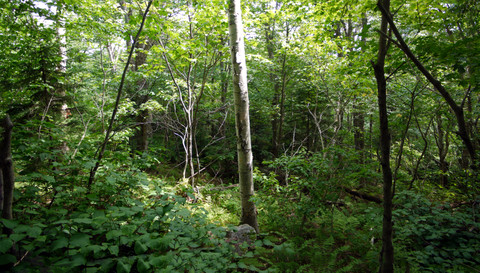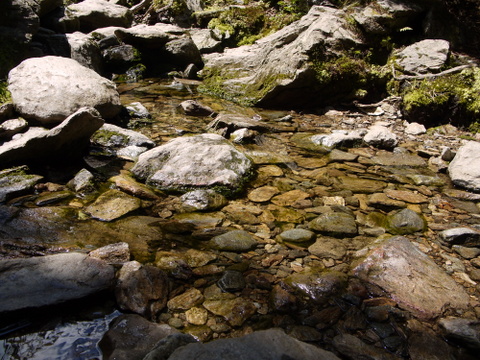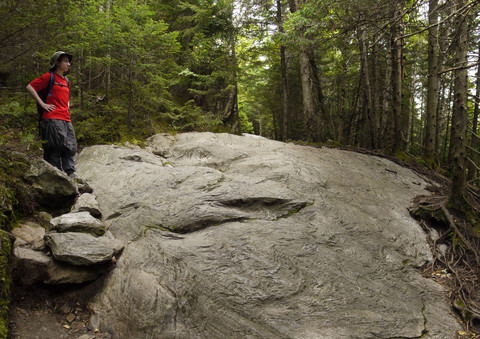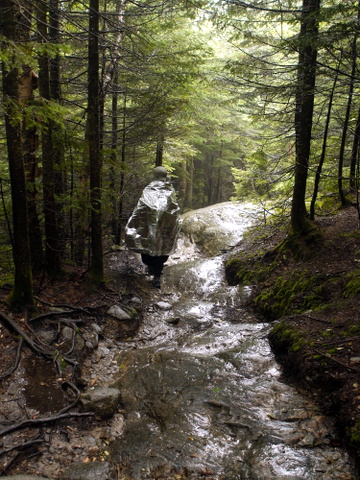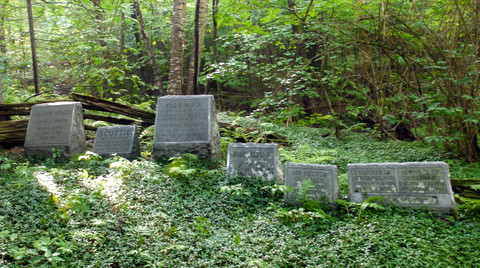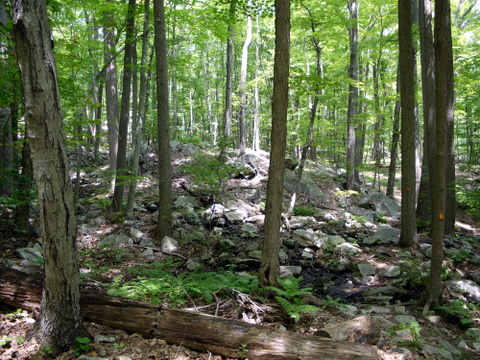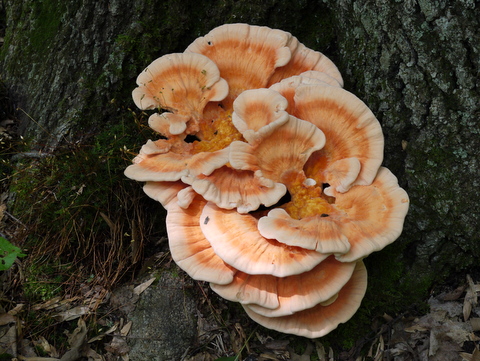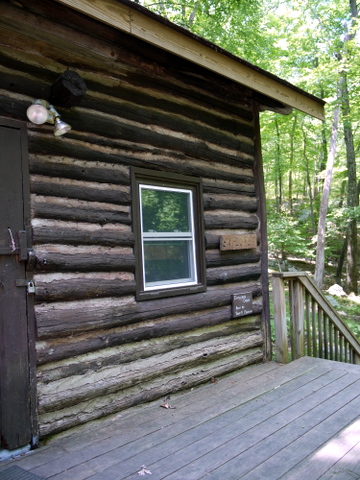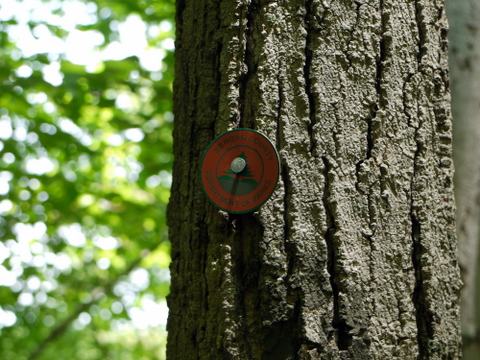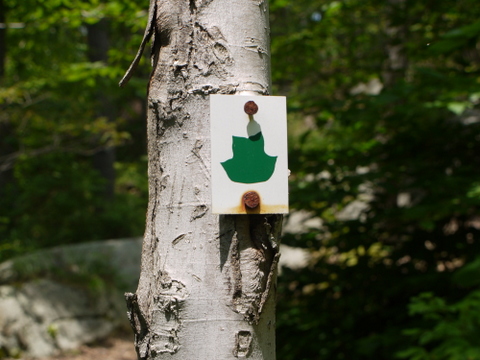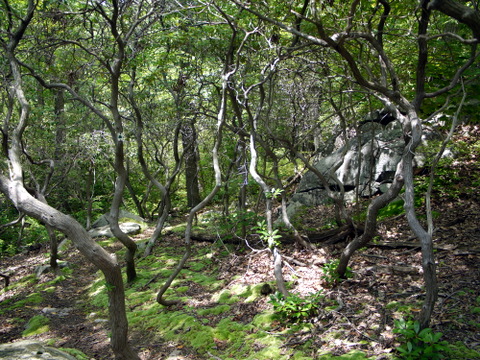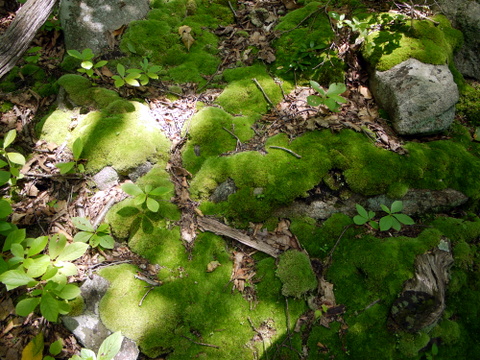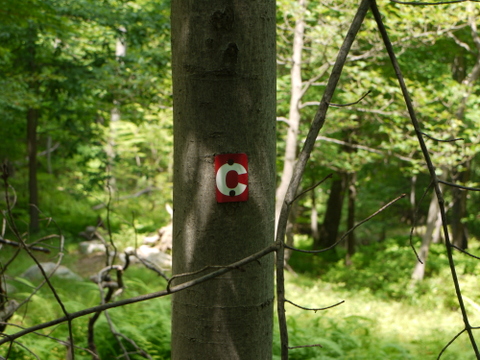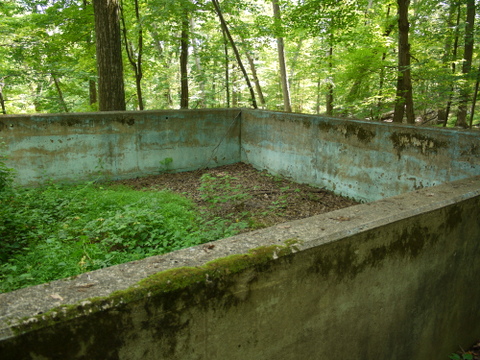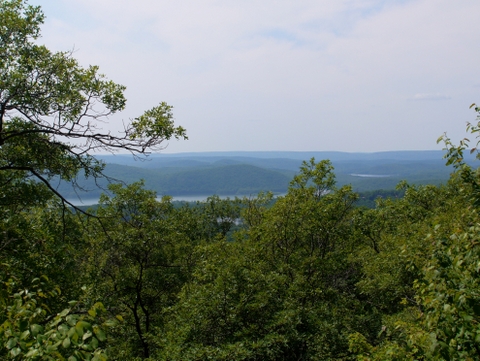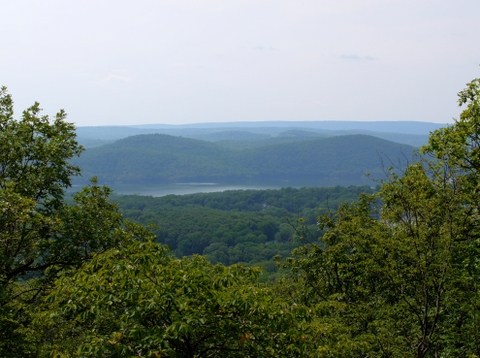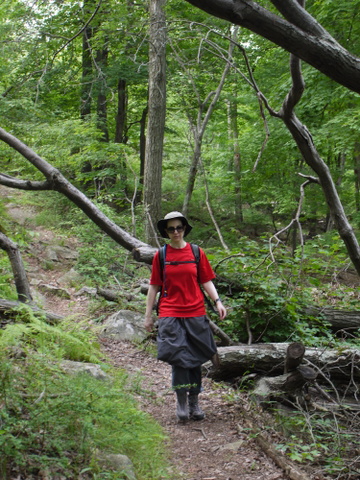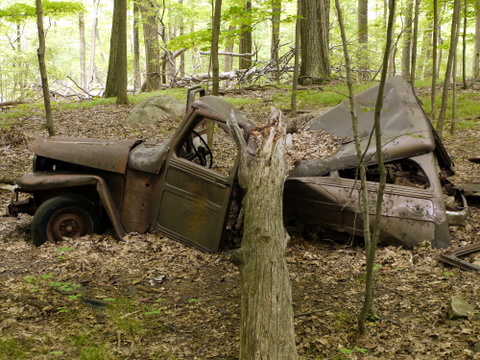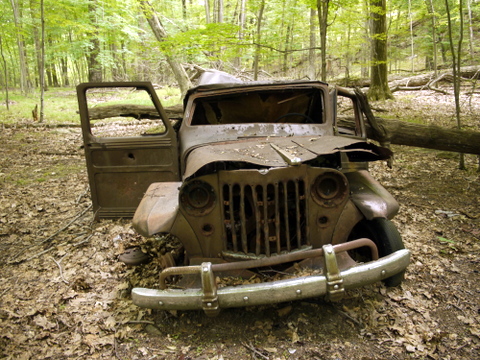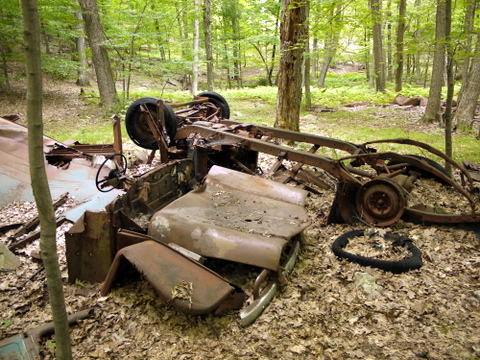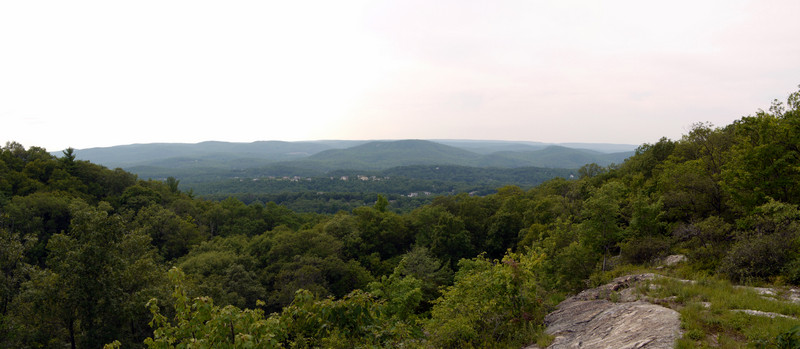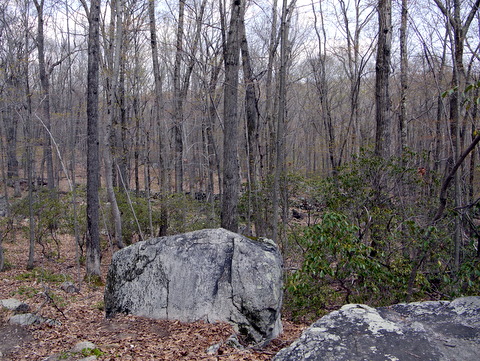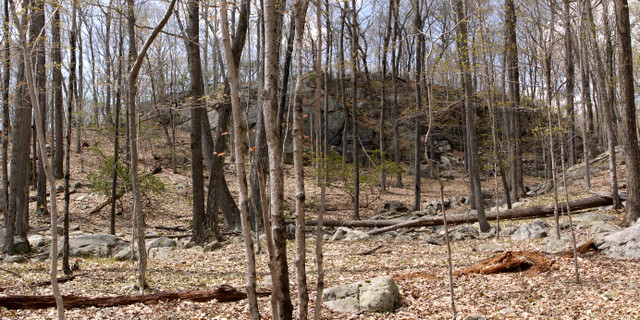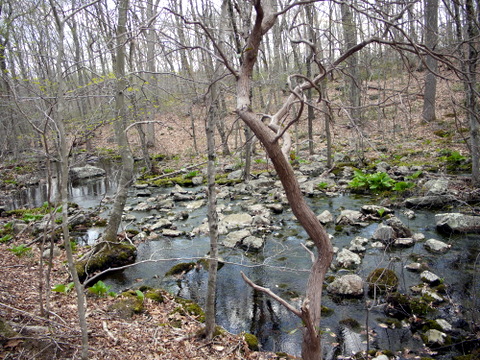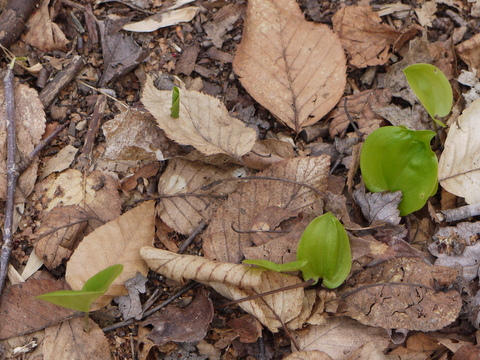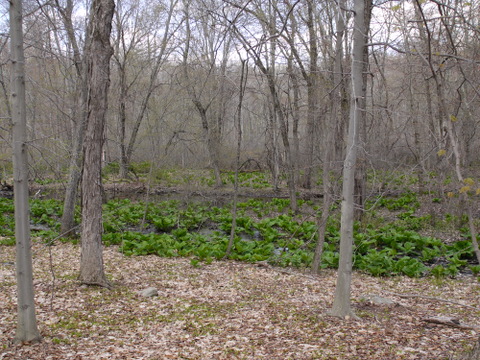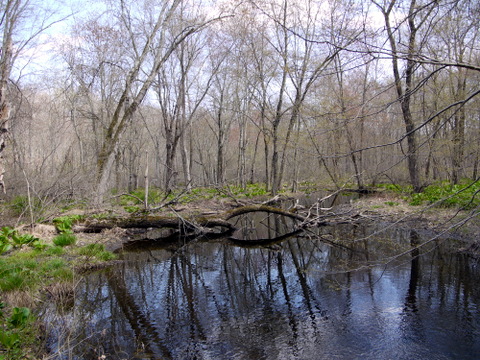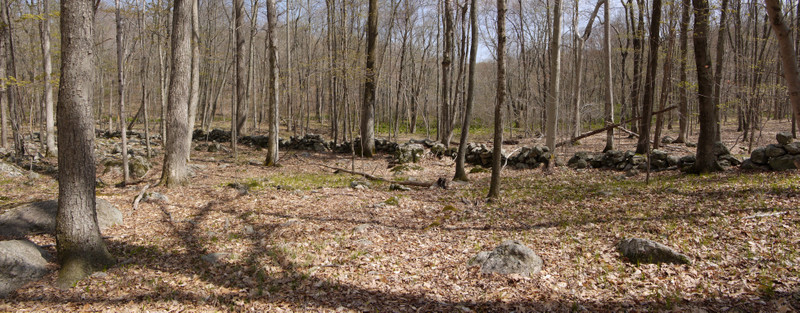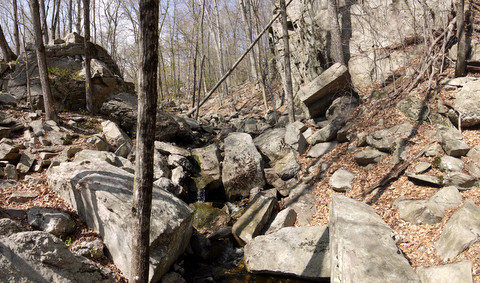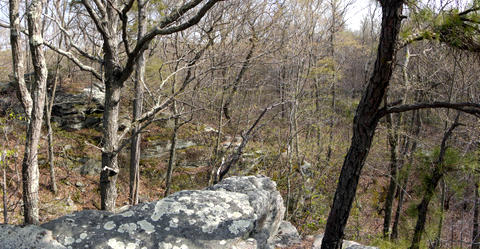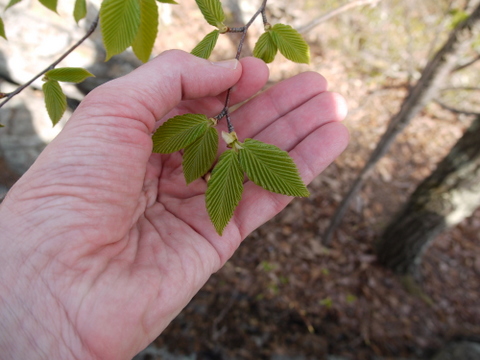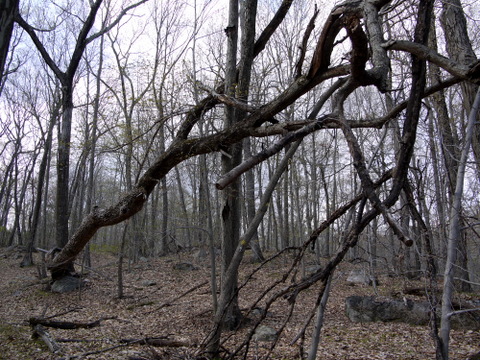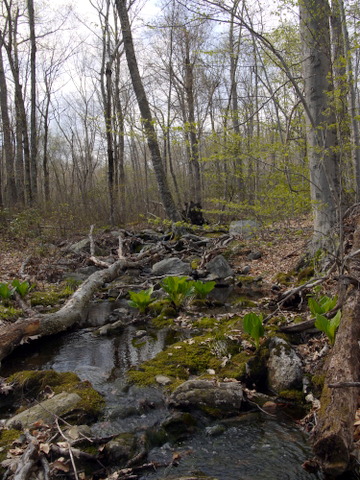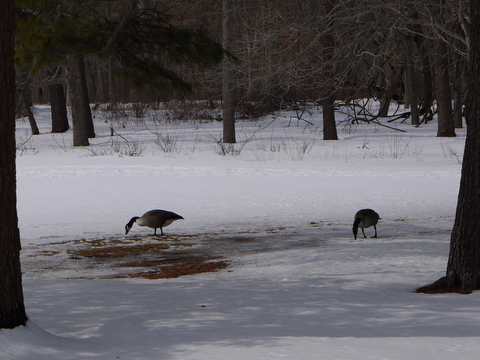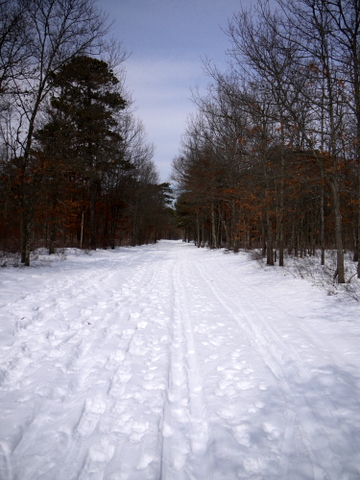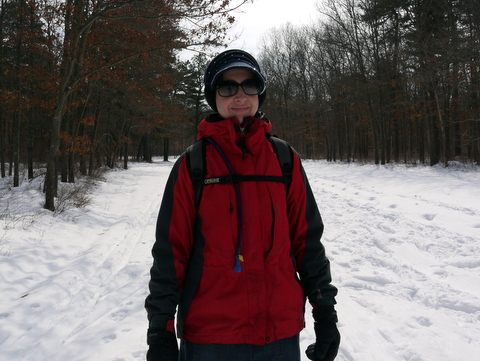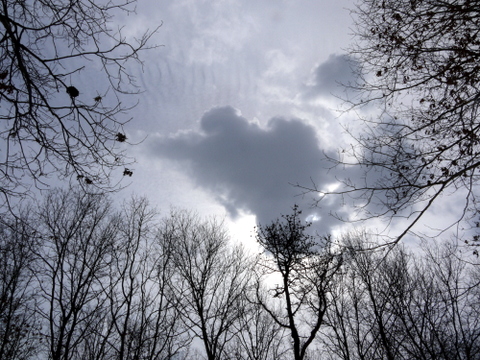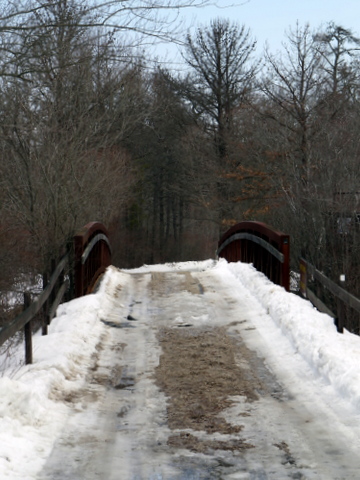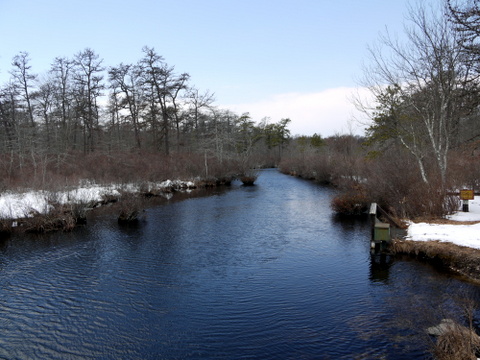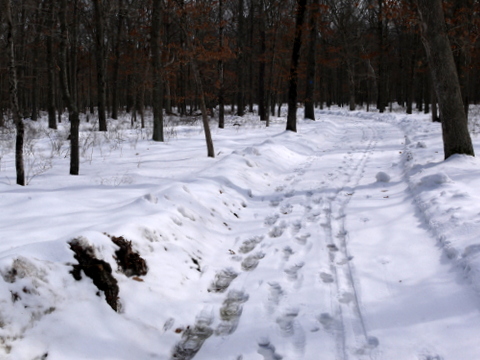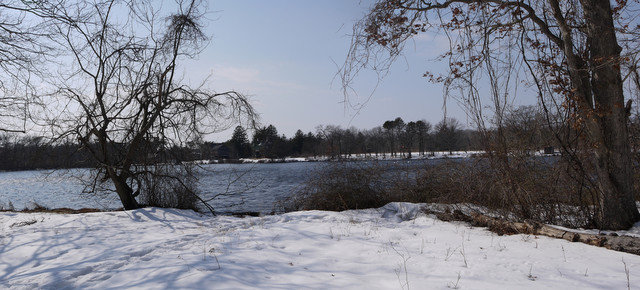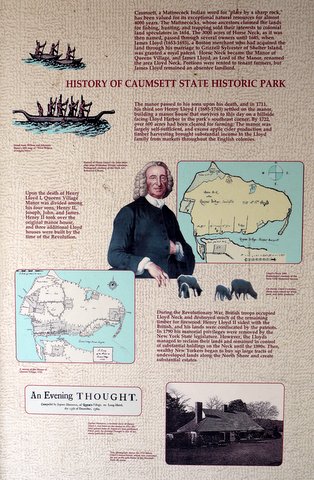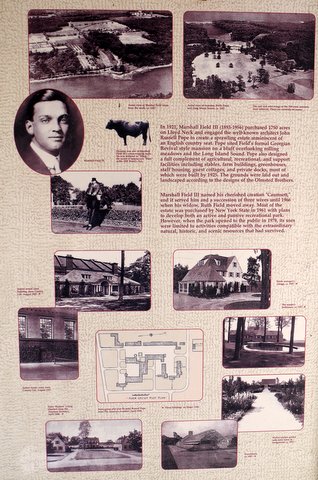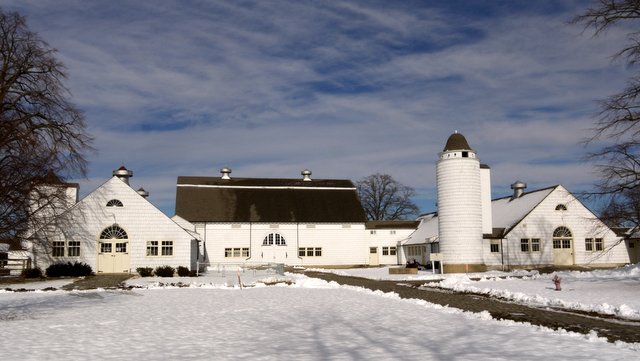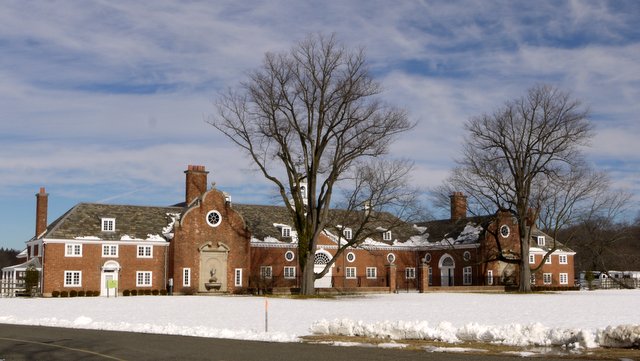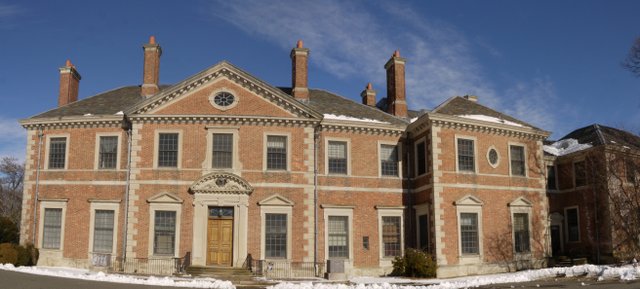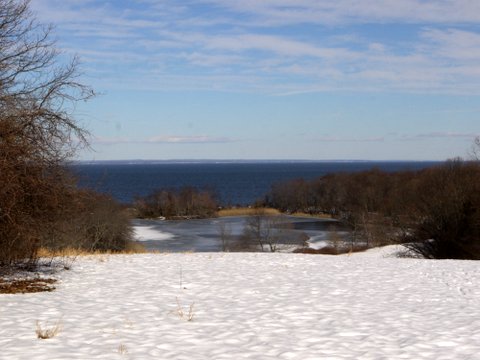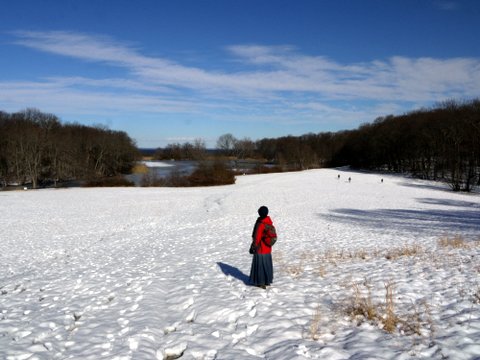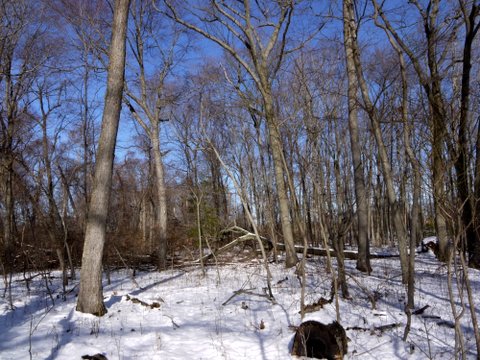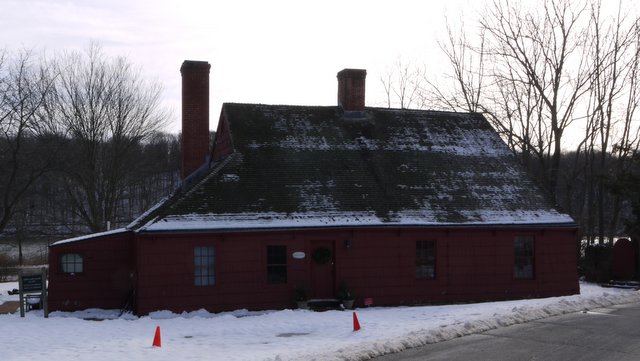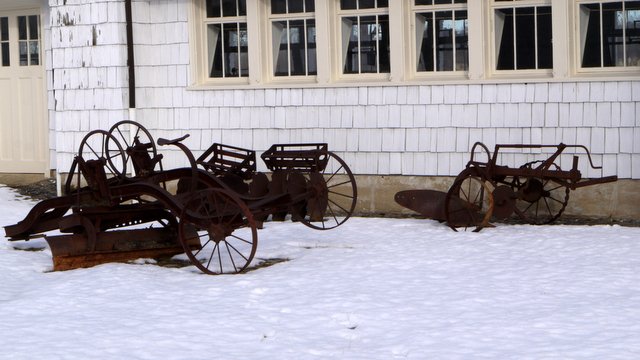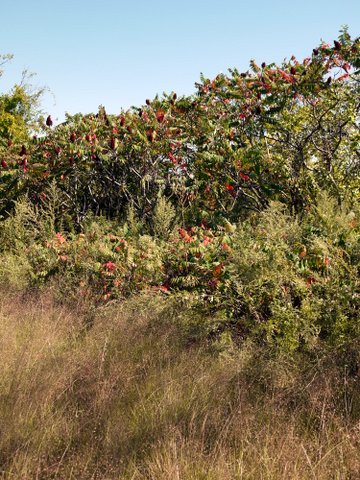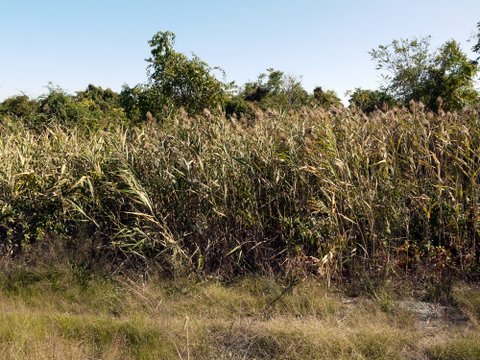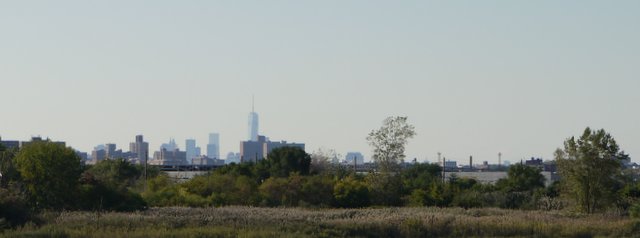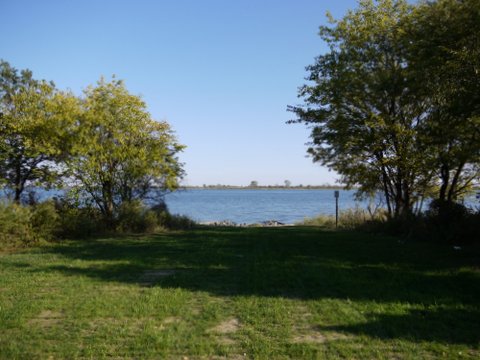On the first Sunday of Spring, we visited Great Swamp National Wildlife Refuge, which was designated as a national wildlife refuge in 1960, to protect it from the Port Authority’s plan to turn the land into an airport.
We first visited the Wildlife Observation Center on Long Hill Road, an area that featured a boardwalk and a bird blind. While most of the ground was clear, we did notice that there were a few spots still covered by snow or ice:
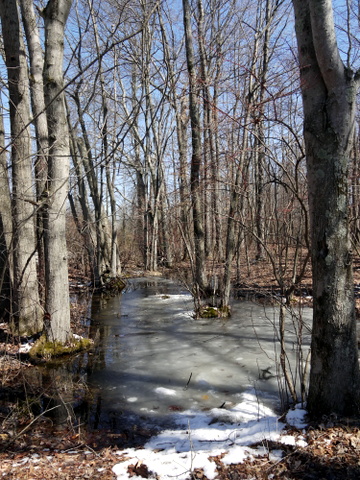
Icy ground
A panoramic shot of a grassy field at the refuge:

Panorama of grassy field
We followed the path about 1/2 mile to the “Friends Blind,” a large blind that had room enough for a dozen or more people, with many slits for observing the birds in the fields outside the blind. A large bird feeder was nearby, and a number of birds were flitting in, grabbing a seed, and immediately flying away. One was a hairy woodpecker, though I didn’t get a photograph. This tufted titmouse was more cooperative:
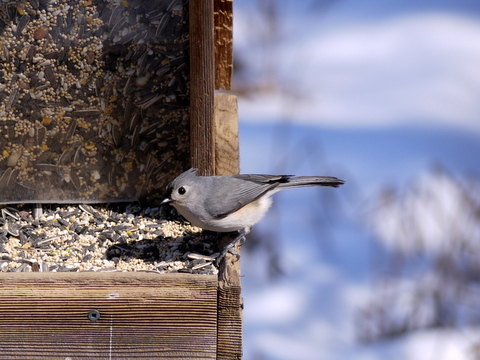
Tufted titmouse
After a few minutes inside the blind, we left and walked along the boardwalk, passing other snowy spots:
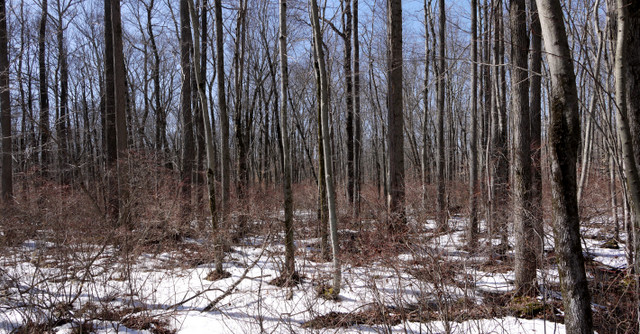
Snowy terrain beside boardwalk
We then returned to the car and drove north on Long Hill Rd. to the blue-blazed trail. This trail runs 2.4 miles from the north central of the park to the northeast corner of the park. There’s also a 1.6 mile orange trail from the south central of the park that ends on the eastern border of the park, but the blue trail and orange trails do not meet.
We ate lunch, and then began hiking on the trail. While the terrain was very flat, it was slow going, because the ground was snowy in places, and muddy in other places. In places, it seemed that the ground itself was thawing from having been frozen, and once or twice I stepped on what seemed to be solid ground, only to have it collapse an inch or so below me.
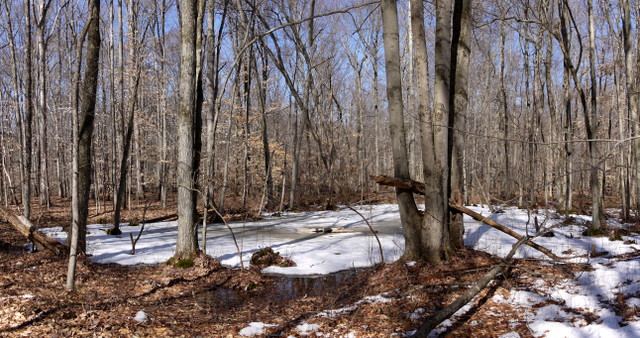
Blue trail
We passed what appeared to be a very straight ditch about two feet deep, at the bottom of which ran a shallow stream. Batya thought that it was man-made, and I was tempted to agree, as it would be unusual to otherwise find such a straight ditch. Perhaps it had been an ancient irrigation ditch.
In addition to the snowy patches, muddy patches, ancient irrigation ditches, there were also a few streams that we had to cross. Here Batya demonstrates crossing a stream by balancing on a slender log:
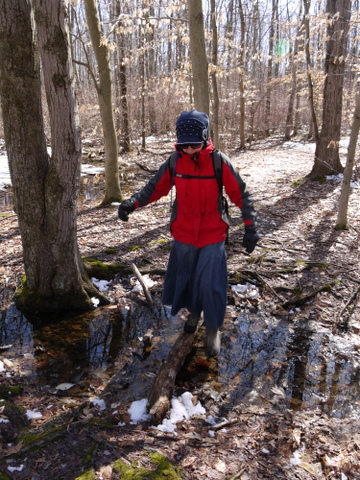
Batya crossing narrow stream
The sun casts long shadows on the snow:
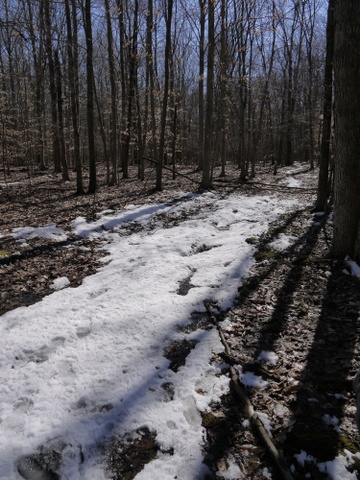
Shadows on the snow
It was a little cool, but not very uncomfortable. We were dressed warmly enough. It was a typically early Spring day in New York, with winter on the way out but still traces of it lingering.
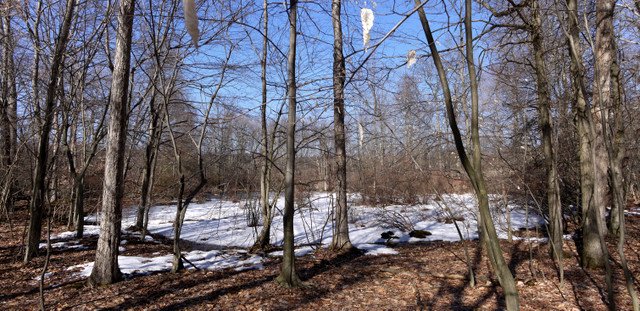
Blue sky
We continued struggling with water/snow/ice on the trail. On one hand, you can say, “The park’s title has the word ‘swamp’ in it, so what did you expect?” On the other hand, I would think that they would design trails so that they could be used in every season. We finally arrived at one spot where it seemed that it would be very challenging to avoid getting our feet wet.

Wet portion of the blue trail
We had passed a turnoff onto a yellow trail, which provided a 0.9 mile “long cut” around part of the blue trail. I suggested that we go back and try the yellow trail. We did so, and it was somewhat drier. The trail passed one spot that was very flooded, and we surprised a number of ducks that flew away without me getting any photos. The trail itself was dry, though.
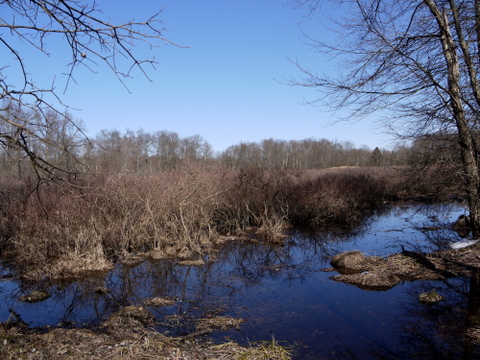
Wetlands
I spotted a raccoon foraging for food on the far side of a stream, and switched to my telephoto lens, taking a number of shots that weren’t catching him at a good angle. We tried moving closer, and he heard us, fleeing to a nearby tree for protection. I finally caught a shot of his face, peeking out at us. After a while, he decided we were not a threat, and walked off:
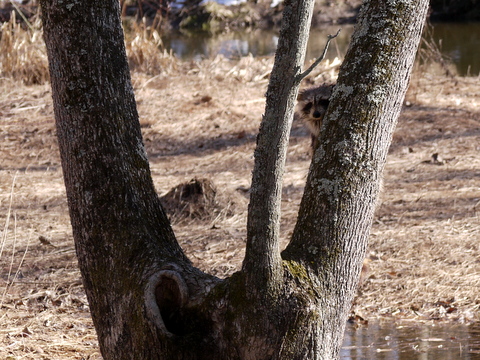
Raccoon
Immediately after meeting the raccoon, the yellow trail rejoined the blue trail at a crooked bridge over the aforementioned stream. We crossed the bridge, continuing on the blue trail:
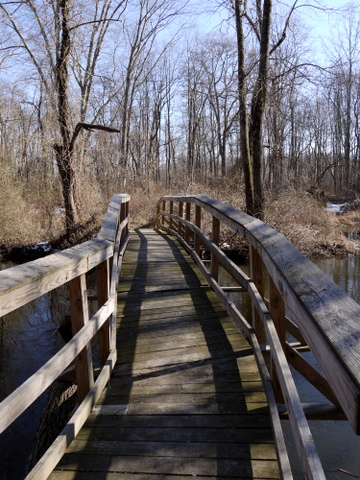
Crooked bridge
We passed one spot that was very snowy, and wondered what strange combination of factors had allowed the snow there to last so long:
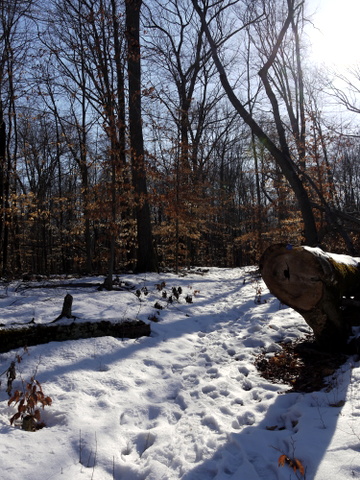
Snowy spot on the blue trail
I like the composition of the following photo: the red branches, the blue sky and blue reflection in the water, the sand-colored grass:
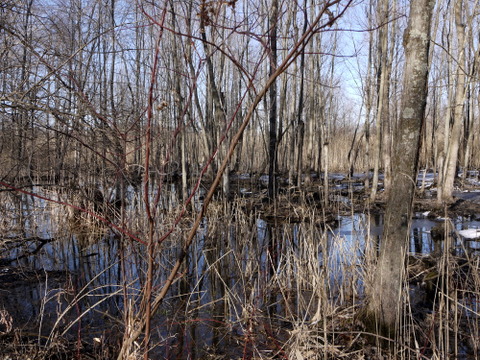
Colorful wetlands
The above photo is one of four that I took at that location while scanning, so I also have a panoramic shot there. I like both the single shot above and the panoramic combination below:
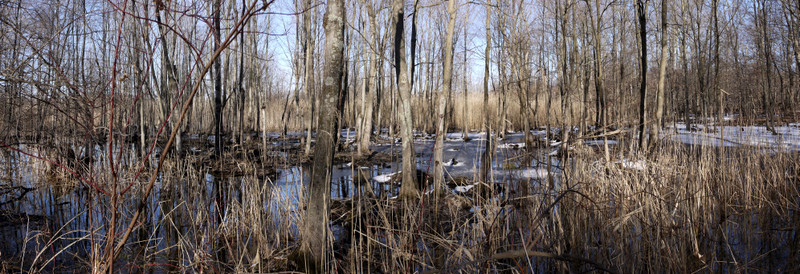
Panorama of wetlands
While the blue trail and orange trail don’t meet, I had thought that perhaps we could cover both by walking along the roads that connect them, forming a clockwise loop back to our car. (Blue trail, Woodland Rd., Meyersville Rd., orange trail, Long Hill Rd.) Unfortunately, we had a late start on our hike, and we had experienced slow going because of the wet/snowy/icy conditions. Therefore, as we approached the end of the blue trail, we realized that we would be unable to complete that loop. Therefore, we had a choice of either retracing our path on the blue trail, or else taking a shorter counterclockwise loop back to the car. (Blue trail, Woodland Rd.,, Miller Rd., Pleasantville Rd., Long Hill Rd.) Based on the slow going on the blue trail, we decided that it would be faster to finish the hike by taking the roads back to the car.
However, the blue trail wasn’t ready to let us go so easily. Just as we reached the end of the blue trail, we realized that there was essentially a flooded wetland to the right of the trail, another to the left of the trail, and about a foot of water covering the trail itself. While I contemplated whether there was any way around, or if it was better to retrace our path on the blue trail rather than doing the counterclockwise loop, Batya started wading through the flooded trail. Her boots had previously lost their water-proof quality, and she decided that since her feet were already wet, it didn’t matter to wade through the foot-deep water. At that point I had no choice but to follow. While my boots are waterproof, that doesn’t help when the water is deep enough so that the entire boot is submerged, with water pouring in over the top of the boot.
I quickly waded through the foot-deep water, and we soon afterward reached the parking lot at the eastern end of the blue trail. At that point I took off my boots and socks, drained the water out of the boots, and put them back on (without the socks).
We followed Woodland Rd. about 0.3 miles, walking past the Windmill Farm:
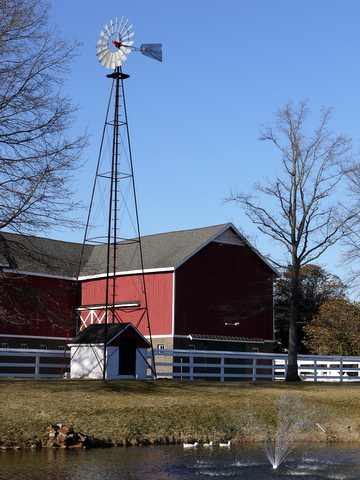
Windmill Farm
We then turned left onto Miller Rd. for another 0.3 miles, and then left once again onto Pleasantville Rd., where we walked for about 1.5 miles. There were nice homes and small farms on all three of those roads. Pleasantville Rd. bordered the Wildlife Refuge for a while, and in one spot I saw a redtail hawk watching a field, no doubt looking for a tender rabbit:
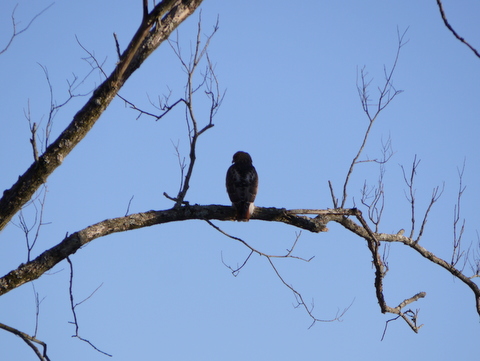
Redtail hawk
Then we turned left onto Long Hill Rd., and in 0.2 miles were back at the car.
Including the walk at the Wildlife Observation Center, the blue and yellow trails, and the roads, we probably had a hike of about 6.5 miles.

